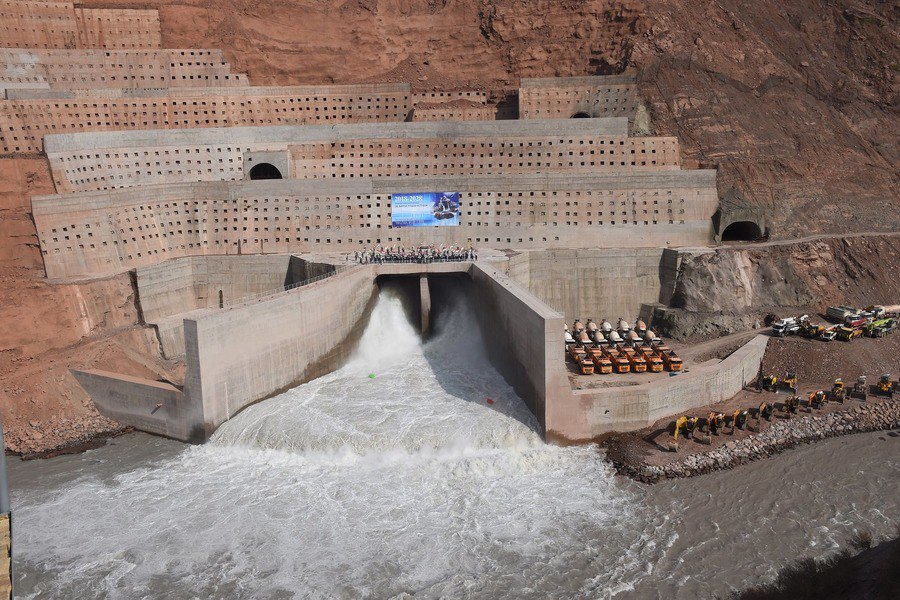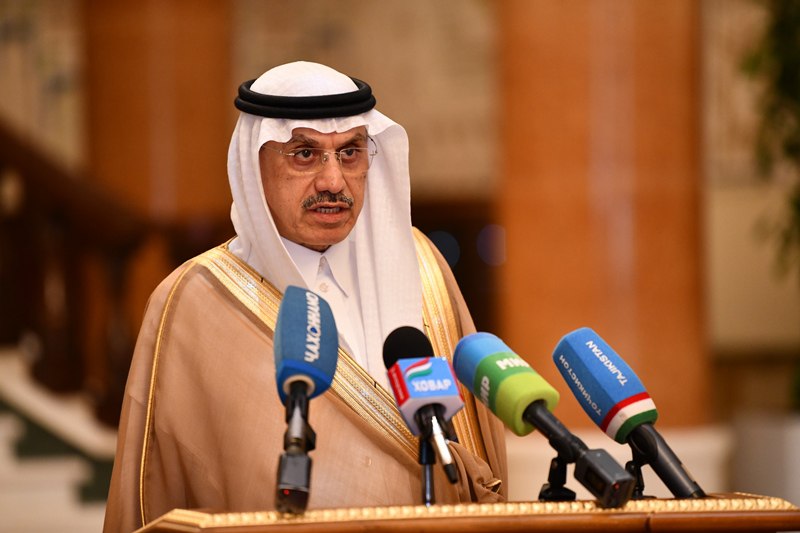Viewing results 1 - 6 of 3
According to a report by the Eurasian Fund for Stabilization and Development (EFSD), the financing of the Rogun HPP is one of the main risks for Tajikistan's budget and debt sustainability. The report states that the possible increase in the construction cost for the hydroelectric power plant may lead to reduction of financing to other important infrastructure projects and social spending. Analysts emphasize that “in the face of uncertainty regarding funding sources, starting in 2025, the government of Tajikistan may have additional needs for budgetary support from international financial organizations.” As mentioned in the report, the share of investments in electricity, gas, and water networks increased from 33.5% in the first quarter of 2023 to 42.4% in the first quarter of 2024, due to the increased activity in the construction of the Rogun HPP. The Times of Central Asia previously reported that about 70% of the electricity will be exported to other Central Asian countries after the Rogun hydroelectric power plant (HPP) in Tajikistan reaches full capacity. Construction of the Rogun HPP began in 1976, but it was suspended in 1991 after the collapse of the USSR. In 2016, Tajikistan continued constructing 600 MW hydroelectric power stations, as outlined in the project, using its own resources as well as support from international funds and organizations. Two of the six aggregates are working now, and the third will start working in 2025.
About 70% of the electricity generated after the Rogun hydroelectric power plant (HPP) in Tajikistan reaches full capacity will be exported to other Central Asian countries. This is according to agreements signed with Uzbekistan and Kazakhstan, which Tajikistan's minister for energy and water resources, Daler Juma, announced at a recent meeting of the energy ministers of Shanghai Cooperation Organization (SCO) member states in Astana. “The Republic of Tajikistan, which has a huge hydropower potential, continues the construction of the Rogun HPP with a capacity of 3,780 MW. The Rogun HPP ensures the energy security of the Republic of Tajikistan and contributes to increasing the volume of exports to neighboring countries. It should be noted that 70 percent of the produced products are exported to cover the growing demand in the region's countries,” said Juma. Construction of Rogun the HPP began in 1976, but it was suspended in 1991 after the collapse of the USSR. Subsequently, Tajikistan continued constructing 600 MW hydroelectric power stations, as outlined in the project, using its resources and support from international funds and organizations. Two of the six aggregates have already been operational, and the third is planned to be operational in 2025. Juma reported that the two hydraulic units produced more than 7 billion kWh of electricity.
News agency Khovar has reported on the Islamic Development Bank (IDB) support in the construction of the Rogun Hydropower Plant (HPP) in Tajikistan. Dr. Muhammad Suleiman Al-Jasser, President of the IDB Group, announced this after a meeting with Tajik President, Emomali Rahmon. The meeting detailed Tajikistan's history towards economic development and outlined the country's priorities for the future. "The Islamic Development Bank has cooperated closely and successfully with Tajikistan for many years. Financing under this agreement has amounted to more than $900 million. We are satisfied with the current level of cooperation. One of the projects under consideration today is support for the Rogun Hydroelectric Power Plant project. The Islamic Development Bank has decided to sign an agreement with the Government of the Republic of Tajikistan,” Muhammad Suleiman Al-Jasser stated. Al-Jasser noted that IDB funds allocated to Tajikistan are directed to energy, education, industry, agriculture, transportation, and other key economic sectors. “We are confident that the current cooperation will be expanded and will serve as an invitation to other participants and investors,” Al-Jasser concluded.



